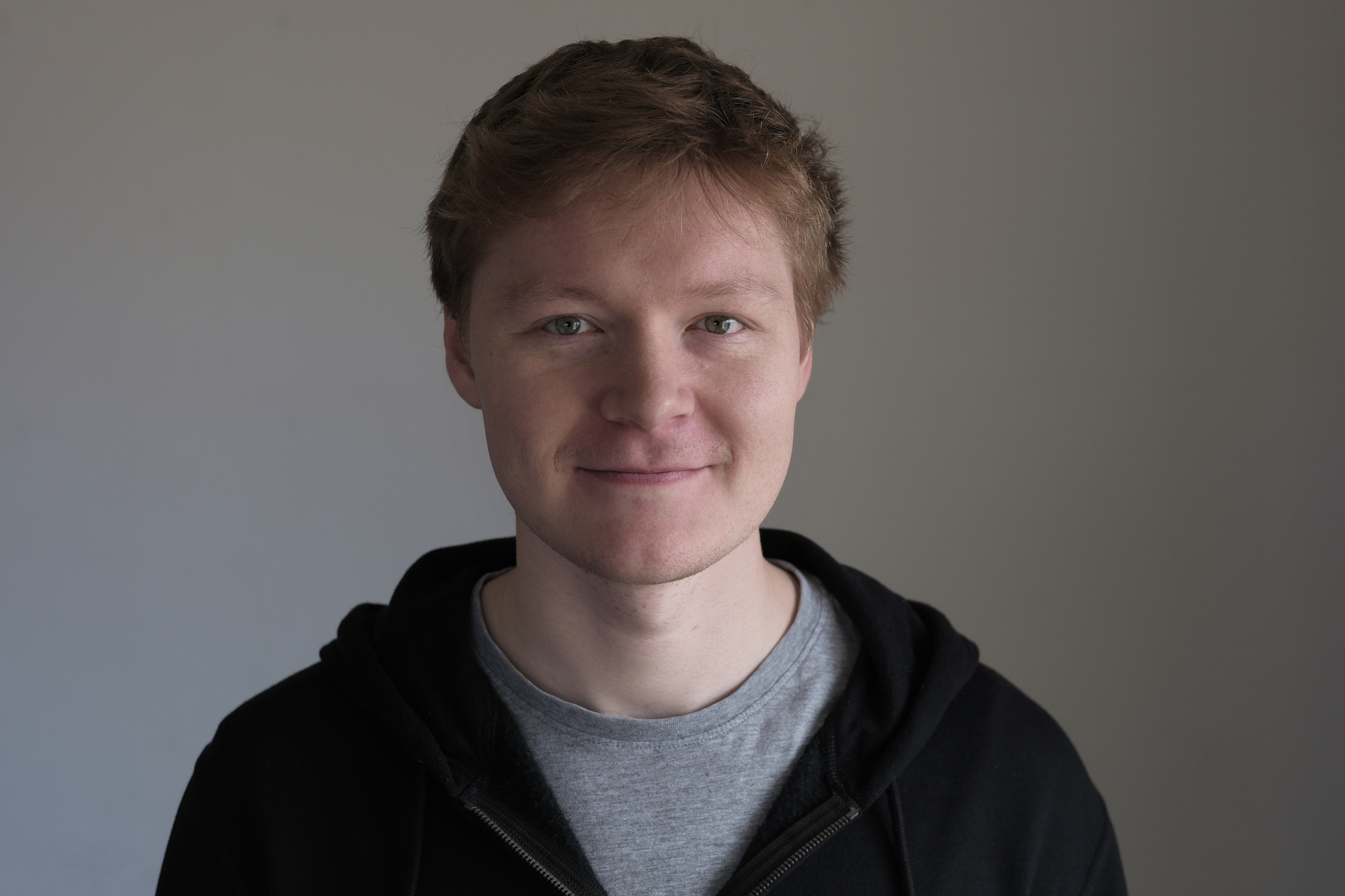Bearnav is a visual teach-and-repeat visual navigation system robust to appearance changes induced by varying illumination and naturally-occurring environment changes.
WhyCode: Versatile Fiducial Marker with 6-DOF Position Estimation



The WhyCode / WhyCon is a family of a vision-based localization systems that can be used with off-the-shelf cameras, capable of real-time tracking thousands of markers with millimiter precision.
WhyCon/WhyCode
A precise, efficient and low-cost localization system
WhyCon is a version of a vision-based localization system that can be used with low-cost web cameras, and achieves millimiter precision with very high performance. The system is capable of efficient real-time detection and precise position estimation of several circular markers in a video stream. It can be used both off-line, as a source of ground-truth for robotics experiments, or on-line as a component of robotic systems that require real-time, precise position estimation. WhyCon is meant as an alternative to widely used and expensive localization systems. It is fully open-source. WhyCon is minimalistic system compatible with ROS and OpenCV.
The WhyCon system was developed as a joint project between the University of Buenos Aires, Czech Technical University and University of Lincoln, UK. The main contributors were Matias Nitsche, Tom Krajnik and Jan Faigl. Further contributors are Peter Lightbody and Jiří Ulrich.
WhyCon was first presented on International Conference on Advanced Robotics 2013, later in the Journal of Intelligent and Robotics Systems and finally at the Workshop on Open Source Aerial Robotics during the International Conference on Intelligent Robotic Systems, 2015. Its early version was also presented at the International Conference of Robotics and Automation, 2013. An extension of the system, which used a necklace code to add ID's to the tags, achieved a best paper award at the SAC 2017 conference. If you decide to use this software for your research, please cite WhyCon using the one of the references provided below.
The video show the following scenarios: precise docking to a charging station (EU project STRANDS), fitness evaluation for self-evolving robots (EU proj. SYMBRION), relative localization of UAV-UGV formations (CZ-USA project COLOS), energy source localization in (EU proj REPLICATOR), and robotic swarm localization (EU proj HAZCEPT).




